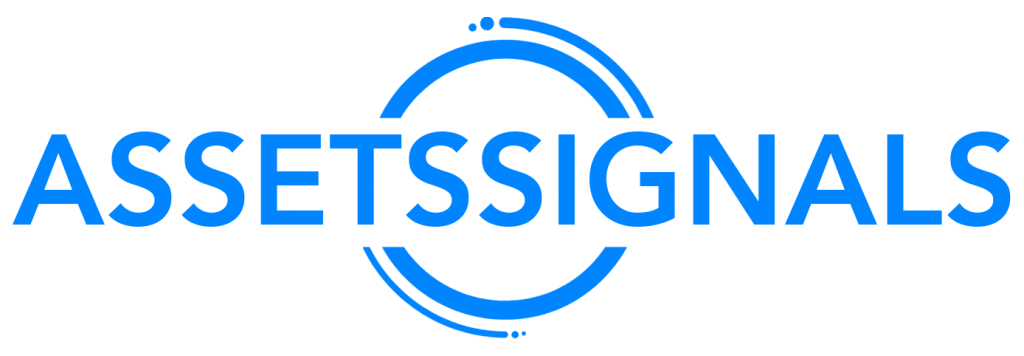The Pound Sterling (GBP) experienced a decline against major currencies during Friday’s New York session, primarily due to weaker-than-expected UK retail sales data for June. The report revealed a 1.2% contraction in monthly retail sales, surpassing the forecasted 0.4% decline.
This sharp drop in retail sales, a key indicator of consumer spending, suggests that UK households are grappling with the impact of the Bank of England’s (BoE) higher interest rates. However, uncertainty surrounding potential BoE rate cuts in August adds to the ongoing challenges for consumers.
The BoE remains hesitant about policy normalization due to persistent core inflation, particularly in the service sector. Despite expectations of slower wage growth, a major contributor to service inflation, the current pace remains above the levels required to effectively curb price pressures.
Meanwhile, the US Dollar (USD) rebounded strongly, reaching near 104.30, as political uncertainty in the US grew due to speculation about President Joe Biden’s potential withdrawal from the re-election race. However, the Dollar’s recovery might be short-lived as traders anticipate interest rate cuts by the Federal Reserve in September.
Investors are now eagerly awaiting speeches by Fed officials John Williams and Raphael Bostic for clues on the timing of these rate cuts, as the Fed’s confidence in achieving its 2% inflation target strengthens.
From a technical perspective, the GBP/USD pair has formed a Bearish Belt Hold candlestick pattern after hitting a new annual high, potentially indicating a trend reversal. However, the upward-sloping 20-day Exponential Moving Average (EMA) suggests that the overall uptrend remains intact.
While the 14-day Relative Strength Index (RSI) has declined, it is expected to find support near 60.00. Key resistance for the Pound Sterling lies near the two-year high of 1.3140, while the March 8 high of 1.2900 is expected to act as a key support level.

